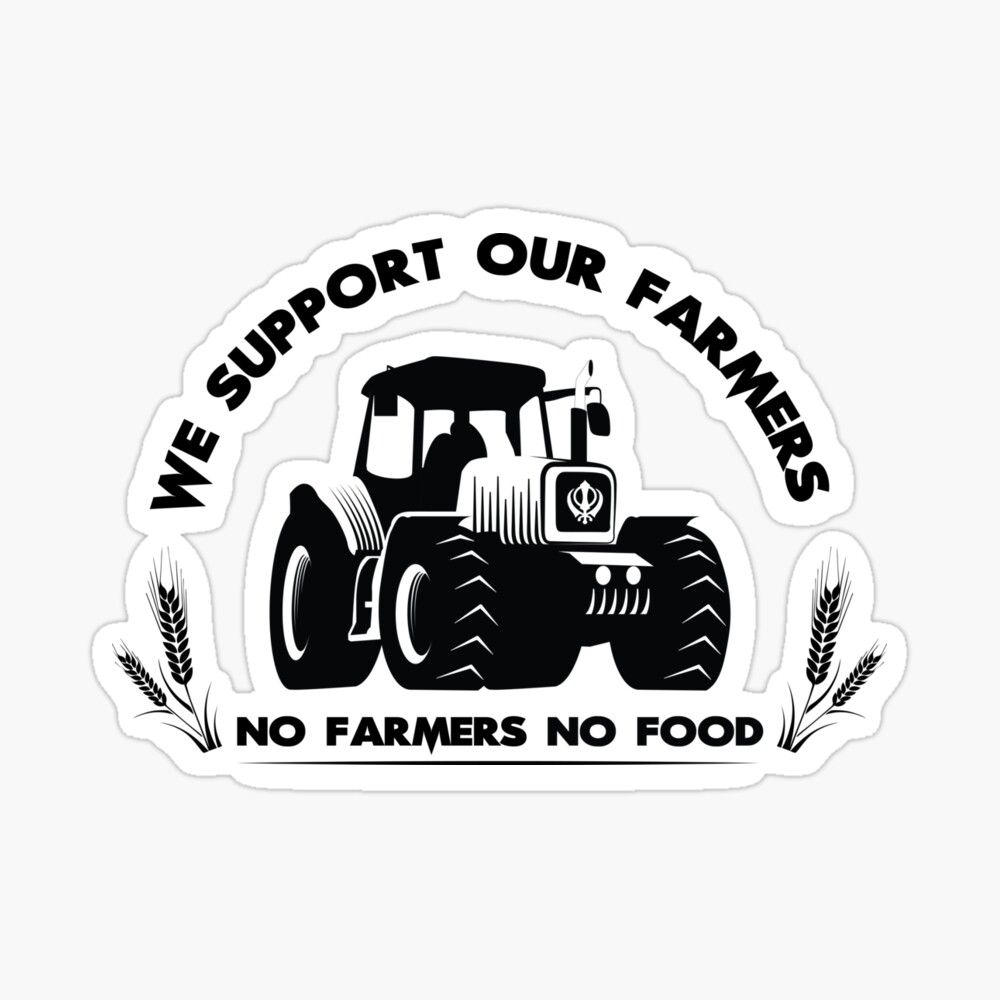Auckland City Council published an article in 23rd December 2015 ‘Auckland City Council’s Climate Change Effort was acknowledged on the world stage. Mayor Len Brown attended the UN Framework Convention on Climate Change in Paris. Auckland was accepted as a member of the world’s leading local govt Climate Change Action Group namely the ‘C40 CITIES’. Len Brown said “now we have international support to increase the pace”
The C40 Cities Climate Leadership Group is a network of ‘Megacities’ that are committed to addressing, driving a meaningful, measurable sustainable action on climate change. Len Brown stated “C40 Cities represent 500 million people, ¼ of the global economy. Auckland City Council was the first NZ City to become a member of C40 Cities. Auckland City membership to C40 CITIES was approved at the 21st Conference of Parties to the UN Framework Convention in Climate Change (COP21) in Paris. On 29th November 2016 Auckland Super City was chosen as a finalist in the C40 Cities Awards. Len Brown reported “I am delighted at Auckland City Council receiving international recognition for its projects on climate change
14th March 2022-Auckland City Council retains C40 Innovator City title. The council’s leadership has been recognised by mayors around the globe. C40 Cities Leadership comprises of 97 Cities. Cities have to apply for membership every three years. Phil Goff said “In the last two terms of council we’ve made progress to meet the challenges posed by climate change, planting of millions of native trees, investing billions in public transport infrastructure, stopping the purchase of diesel buses, delivering $152 million climate package in last years Recovery Budget
Auckland City Council published a 179 page report this includes:- Developing a Strategic Food Policy Action Plan, providing governance for Auckland’s food system. Developing a Food Charter for Auckland and establishing a Food Policy Council and Advocate to Government to develop a National Food Resilience. To implement a low carbon, resilient, equitable food system embodying values of Iwi/Maori. To prioritize, increase access to healthy sustainable food. Transition away from carbon dependence. Significantly decreasing consumption of meat and dairy products. A shift towards plant based diets, nuts, grains, fruit and vegetables etc.,
Auckland City Council goals include establishing mana whenua Climate Office/ Think Tank. Restoring, replenishing, rejuvenating wetlands. Using whole of catchment system for decision making including land use change, Restore, rejuvenate and replenish food production. Restore and rejuvenate our fresh water springs. Prepare, educate Maori communities, businesses and landowners for change. Establish an online Maori knowledge and information portal. Reduce emissions from industrial product use, especially hydrofluorocarbons. (HFC) Refrigerants (Will include cooling systems domestic, commercial and vehicle cooling systems -References made to:-Montreal Protocol (UN) Aligning with Kigali Amendment. Auckland City Council’s Climate Change.
Auckland City Council refers to ‘Our Land & Water’- where each Mana Whenua Iwi will engage and partner with the council, the Crown, the Community and the Business Sector as part of Auckland’s Climate response. The Kaitiaki Forum will work with the Council to monitor, evaluate the state of wellbeing of Tamaki Makaurau Influence. Mana Whenua will work at local, regional and national level to navigate, influence indigenous response to the regeneration and transformation of ecological, social, cultural and wellbeing (carbon foot-prints)
The Auckland Council report that ‘the average Aucklander MUST reduce their carbon foot-print. They state ‘We MUST act now. We MUST change the way each of us live our lives, the choices we make, how we travel, energy we use, what we purchase and how we eat (our diets) We MUST transition to low carbon lifestyles. November 2nd 2021 AUCKLAND City Council published article ‘Auckland City Council selected to showcase Climate initiatives. Reporting that eleven cities including Auckland are the worlds best examples of impactful urban climate action and refers to COP26, Green Zone, the Global Cities Climate Action Exhibition.Auckland features in exhibition alongside Beijing, London Los Angeles, Washington etc. Auckland City Council endorsed the C40 Divest/Invest Declaration, divesting any investments in fossil fuel companies, investing in climate solutions that support a green economy. Supporting the ‘Global Green Deal’. The Auckland Council Group raised a billion dollars plus in green bonds to finance and refinance projects which includes cycling infrastructure. Auckland City Council is the first organisation in NZ to issue a green bond. 1485 institutions from 71 countries have committed to fossil fuel divestment
Auckland City Council Low Emissions Bus Roadmap includes deploying 100- 150 electric buses by 2021 plus more depots being upgraded with charging infrastructure and further trials on charging technologies. Ports Of Auckland has committed to build a hydrogen production and refuelling facility at its Waitemata port.. Project partners are Auckland Council, Auckland Transport and KiwiRail. Investments will be made in hydrogen fuel cell vehicles including port equipment, buses, cars as part of the project
AUCKLAND CITY-PLANETARY DIET- SHIFT AWAY FROM MEAT: C40 Cities have established ‘Good Food Cities Declaration’ 11th September 2019. Mayors of C40 Cities are committed to using science based and a people focused approach to limit global warming to 1.5C. The C40 Cities-Good Food Cities Declaration commits cities to take a partnership approach to adopt food policies, strategies around food procurement, a food system that benefits all. Commitments include -Align food procurement policies to the ‘Planetary Health Diet’. Supporting an overall increase in plant based food consumption in C40 Cities. Work with citizens, businesses, public institutions, other organizations to develop a joint strategy for implementing these measures and achieving these goals, incorporating the ‘Planetary Health Diet’ into the’ Climate Action Plan’. Develop a food charter for Auckland, a strategic food policy action area, Provide strategic direction and governance for Auckland food system. Establish a Food Policy Council, advocate government to develop a National Food Resilience Policy.
Educate, prepare Maori to transition away from carbon dependence. Establish a Mana Whenua Climate Office. Auckland City Council has published that Aotearoa, North Island now used as the Maori name for New Zealand Council’s role is the delivery of the plan, direct control, lead by example, deliver services, deliver infrastructure and facilities, lever plan, monitor and review, regulate, research, advocate, inform and influence. Reviewing regularly to reflect new evidence, learning, policy and technologies,. Adaptions and actions to be taken to help communities and ecosystems cope with changing climate condition (United Nations Framework Convention on Climate Change)
Food for thought:- C40 Good Food Cities Declaration. C40 Member cities commit to Sustainable Food Policies to address Climate Emergency. They call it ‘The Future We Want’ They mean- The Future They Want. C40 Cities are paving the way, implementing the ‘Planetary Health Diet’ in the local context. A radical transformation of our global food system they state – is critical to mitigate climate change. C40 Auckland City Council rising to the challenge- C40 City Mayors working with citizens to achieve the ‘Planetary Health Diet’. Auckland City Council Mayor will use procurement powers to change food we purchase, introduce policies for low carbon diets being accessible to ALL. A pledge made at the C40 World Mayors Summit in Copenhagen.
The ’Planetary Health Diet’ comprises of 2,500 calories per day. I have personally noted here that through my research that some people need more or less calories depending on several situations, eg energy used, metabolism, health issues etc.. The Planetary Health Diet’ includes not exceeding 16kg of meat per person per year equals 300 grams per week, 90 kg of dairy per person per year. (250 grams of dairy per day- equivalent to one cup of milk per day). Half a plate of fruit & vegetables, the other half of the plate to comprise of whole grains, plant protein sources, unsaturated plant oils. The C40 Mayors support an overall increase in plant based food consumption. C40 City Mayors to work with citizens, businesses, public institutions and other organizations to develop, implements measures to achieve goals inclusively to incorporate the ‘Planetary Health Diet’ with their City Climate Action Strategy-Plan. Promoting urbanization bringing people to the worlds cities. C40 City Mayors acknowledge its imperative to act in the best interests of their citizens, therefore they must shift Urban/City diets that aim to target- implement, apply interventions of global food systems in a local context.Auckland City Council Mayors have, and are promoting, implementing, planning, predetermining Multistakeholder Initiatives of Sustainable Food Systems and Diets. Auckland City Council article on their website refers to the World Economic Forum, that represent Multistakeholder Corporations. The WEF and UN signed an official strategic partnership June 13th 2019. Several large organizations have demanded that the partnership ends, due to a conflict of interests.(WEF Multistakeholder Capitalism)
WEF are seen as whisperers in the ear of the UN, giving the WEF massive influence over peoples lives right across the planet. The UN/WEF Partnership equating to a One World Public-Private Global Corporate Global Governance. A Global Corporate Governance that’s controls ‘people-planet- for profit (massive profit for the few as others suffer increased poverty), thus the intentions to destroy sovereign nations, to intercept them into globalization as globalized citizens. A global Eco Social Credit System enacted upon nations at a local level. The WEF/UN partnership is viewed as Non-Democratic causing a humongous global democratic deficit that has potentially drown the worlds b submerging them within a massive worldwide tsunami, causing fear, anxiety and allowed the totalitarian control of UN Member Govts over its citizens.
The deliberate shift from the worlds Free-market Economy to the WEF Multistakeholderism could never happen as it has over the last few years if it had not been for the Pandemic shutting down, destroying the worlds economies that target small businesses and farming communities worldwide. (The free-market enterprise economy has served NZ well and now its being intentionally destroyed (seriously impacting on small businesses, small farm holders). Auckland City Council support this insanity.
I personally believe this is a predetermined evil psychological warfare, using populations globally as guineapigs- depopulation through jabs, increased suicides, assisted suicides (euthanasia) and decimalizing Abortion. NOTE:-Auckland City Council website link to Sustainable Food Systems and Diets, Multistakeholder Initiatives. (23 Pages pdf) Link Provided. References the World Economic Forum and the UN..
C40 City Strategic funders are Bloomberg Philanthropies, Children’s Investment Foundation (CIFF) and Realdania. Bill Gates among philanthropies that fund the Children’s Investment Foundation (CIFF). Bloomberg and Gates collaborated on COVID initiatives. Bloomberg-Gates fight climate change.. How to fund the Green Revolution. Gates Foundation and Rockefeller Foundations form alliance’ The Green Revolution.
Gates Foundation failed the ‘Green Revolution for Africa’ published July 29th 2020 Report where massive investments spent promoting and subsidizing commercial seeds and agrichemicals across Africa failed to fulfil the purpose of alleviating hunger and lifting small hold farmers out of poverty.(False Promises’ was published by 10 German-African Non Profits. This is just one example of wealthy billionaire philanthropists self interests and failings. The ‘Alliance for a Green Revolution in Africa ‘(AGRA) was launched in 2006 by Gates & Rockefeller Foundation. Promised double yields, incomes for 30 million farming households hence cutting food security in 20 African countries by 2020. African Govts spent $1billion per year. Poverty and hunger worsened. High public cost & zilch transparency
Billionaires Wealth Index.. Jeff Bezos, Bill Gates, Mark Zuckerberg, John D Rockefeller, Elon Mus Gates, Rockefeller etc.,with their low carbon big ticket commitments. Across the global green spectrum get much wealthier.. China, the manufacturers of the global green deal energy hub. Tycoons who make electric vehicles, batteries for electric cars dominate as the biggest investors. Electric car batteries. Auckland council investments, implementation, plans to significantly increase electric cars, charging points
Auckland City Council will not publicly report this. Children obligated to work in dark dangerous narrow hazardous cobalt mines. Little to no safety. Mining cobalt essential for electric car battery manufacture ‘Millions of children’s lives in Serious Danger’, lives lost by collapsed mining infrastructure. Children with horrendous injuries. Slave Child Labour. As young as 5-6yrs old. Earning approx. $1.20 per day. Women that work in these mines are reported as being sexually violated, raped
The Auckland City Council through promoting their radical C40 City global mayors project have aligned themselves with those that allow these terrible atrocities to happen to children. This will not be found on the Auckland City Council website. Will Auckland new mayor, Len Brown publicly talk about this? Will any of Ardern’s political cronies that reside in the toilet bowl of Wellington talk publicly about this. What about Peters and Seymour they appear to be publicly speaking out about what we want to hear. Will they publicly talk about this? Will leaders of Maori Party, will Willie Jackson will Eugene Sage Green Party talk about this? I BELIEVE NOT.
Have the deckchairs just merely been moved around on the deck? I BELIEVE SO. After all Helen Clark is till advising Ardern’s Govt on policies etc., through her Helen Clark Foundation. A Non-Profit Organization. Will Phil Goff become a member of Ardern’s cabinet? Will Auckland’s new mayor, Len Brown publicly tell Aucklanders, New Zealanders about Auckland City C40 radical implementation of the ‘Planetary Health Diet’ for ALL Aucklanders? The shift to increased plant based diets, a significant decrease in real meat consumption. Will Len Brown publicly refer to Klaus Schwab’s-WEF significant links to Auckland City Council.? Will Len Brown publicly disclose what the determinations, implementations that the Global Covenant of Mayors implanting, proposing, planning. Auckland Council references ‘Global Covenant of Mayors’ work towards climate resilient future,
Whilst attending a South Auckland meeting last weekend the speaker asked the gathering if they believed that Len Brown, the new Auckland mayor would make a difference to the insanity that’s happening now. I sadly replied ‘NO’, but I pray he will. I expect he will be bombarded by political leftist ‘woke’ crap. I pray he has the ‘Moral Courage’ to endure, implement the changes, disrupt the wrong doings that mayors have done before him namely Len Brown and Phil Goff. He has walked into the Lions Den of ‘Woke-ism’
SUPPORTING THE FARMERS OF NEW ZEALAND. NO FARMERS- NO FOOD.
NOTE: PLEASE SUPPORT MY WEBSITE:
Link https://wakeupnz.org. Thank you Carol Sakey
VALUABLE LINKS:
https://ourauckland.aucklandcouncil.govt.nz/news/2016/09/auckland-recognised-for-climate-leadership/
https://ourauckland.aucklandcouncil.govt.nz/news/2022/03/auckland-retains-c40-innovator-city-title/
https://www.sustainablefoodplaces.org/news/apr20_c40_good_food_cities_declaration/
...





